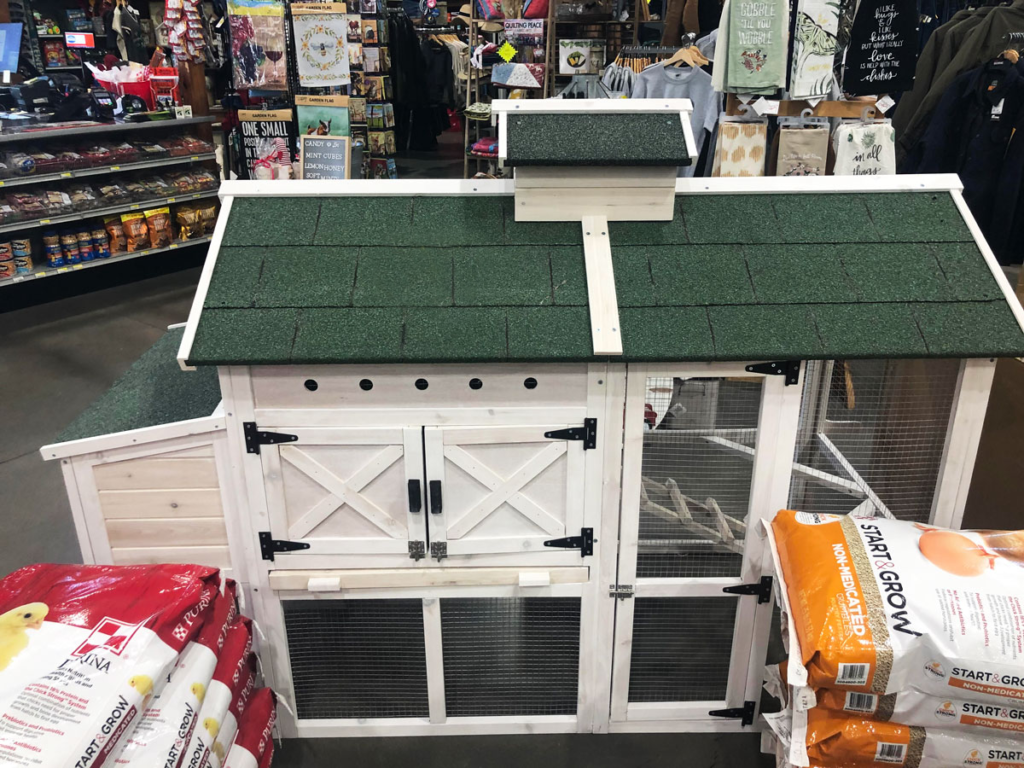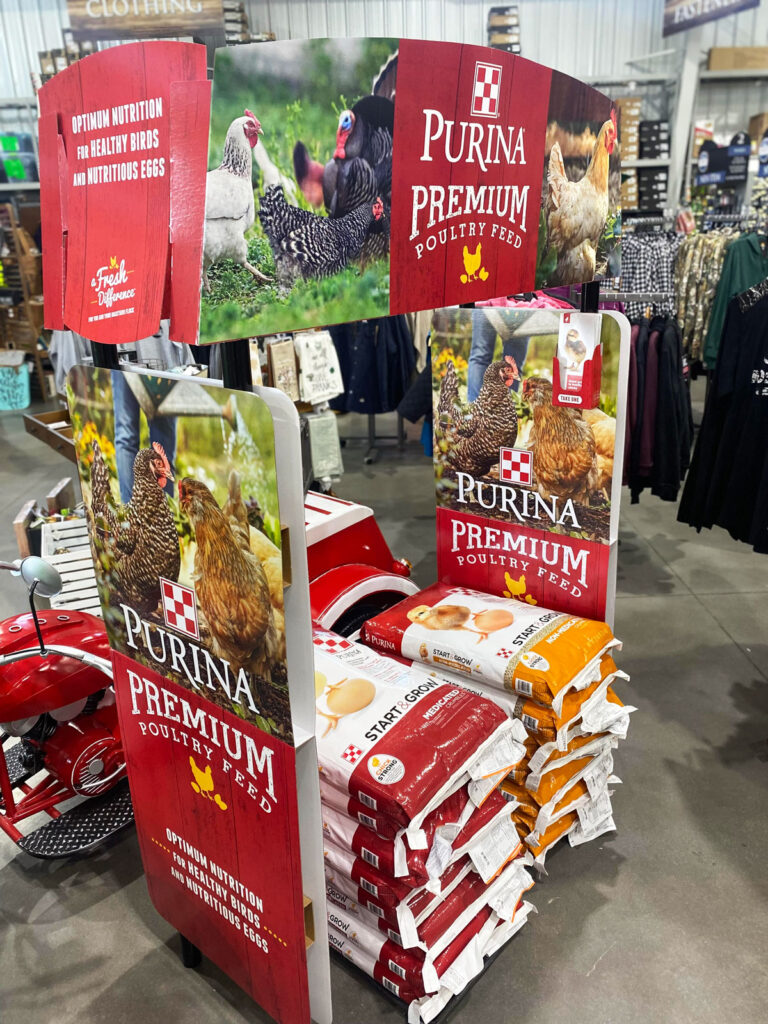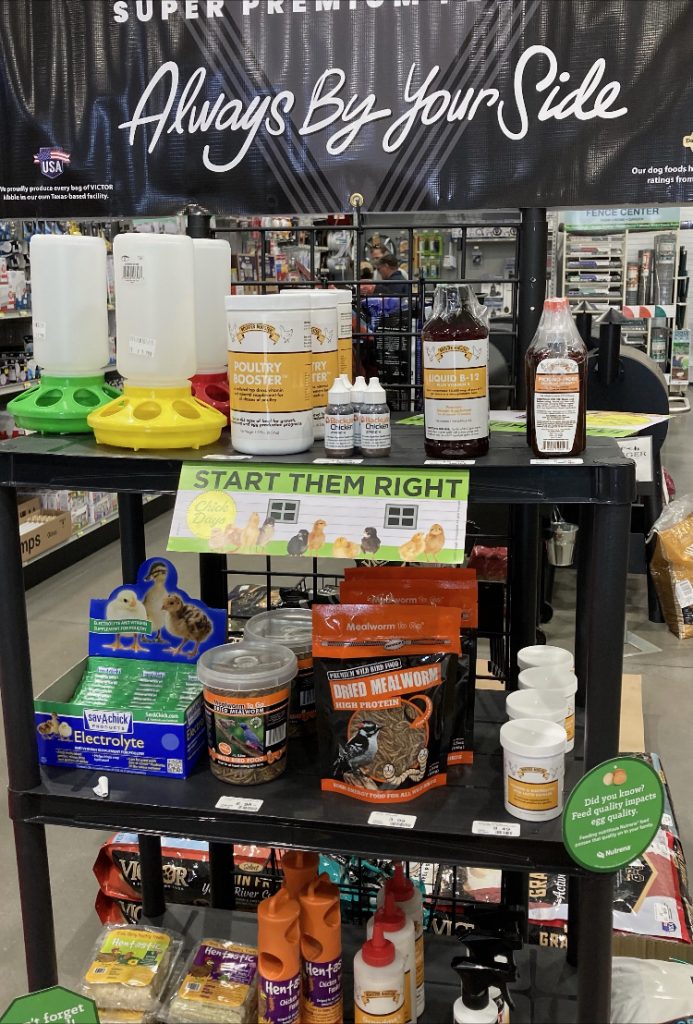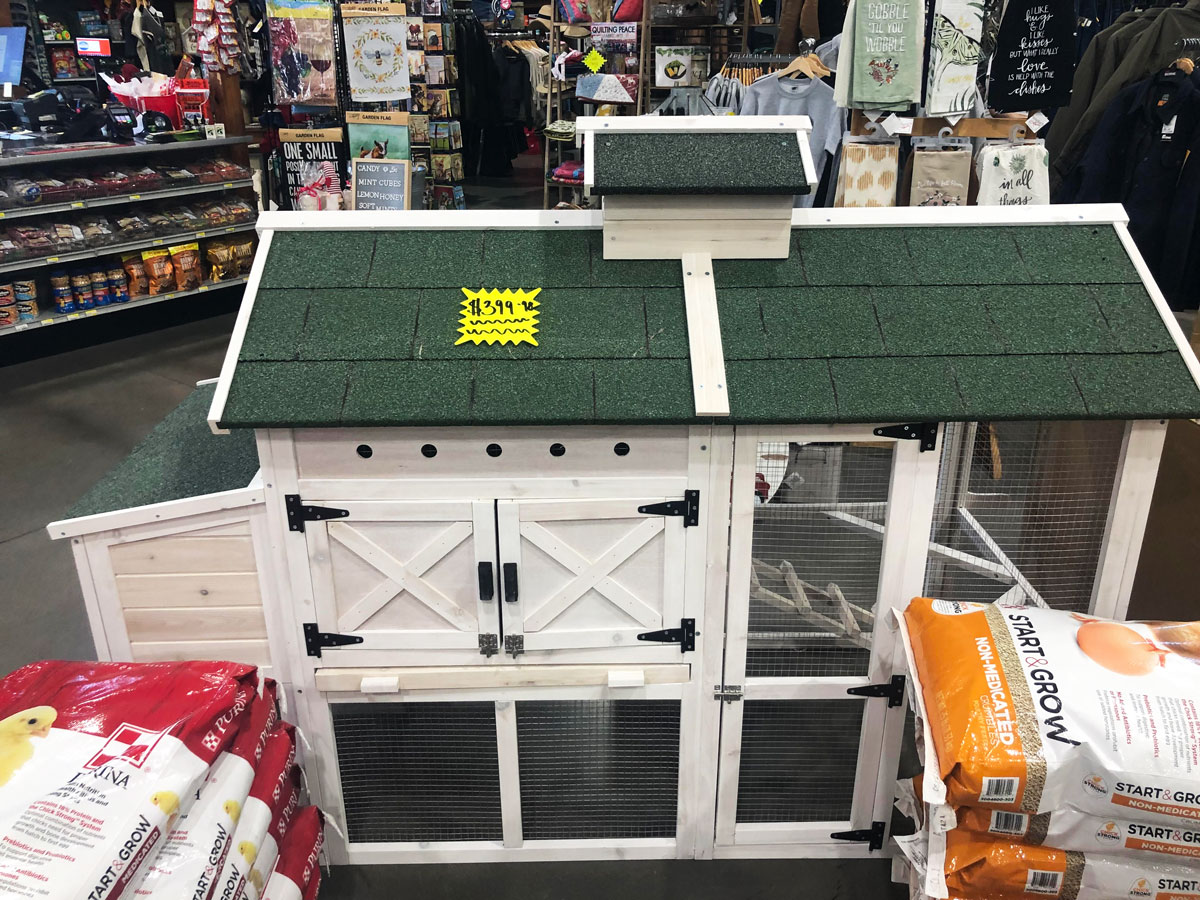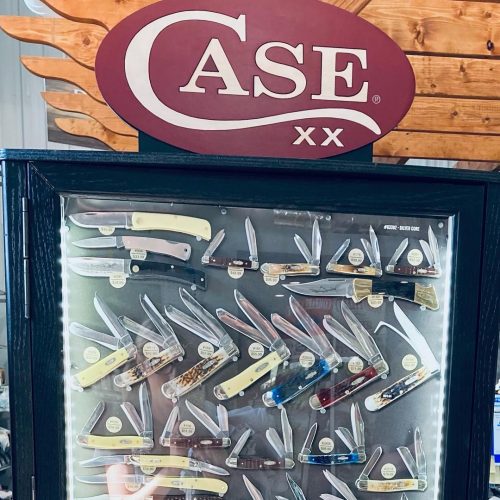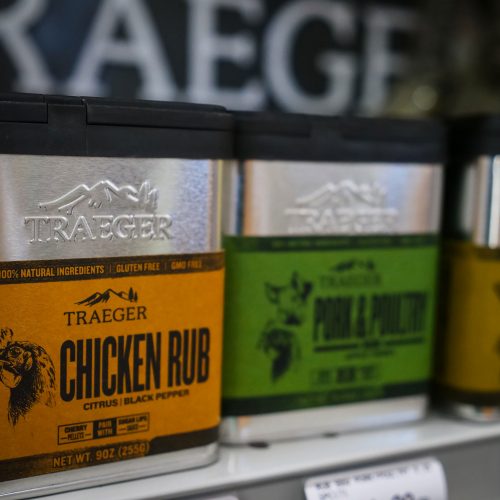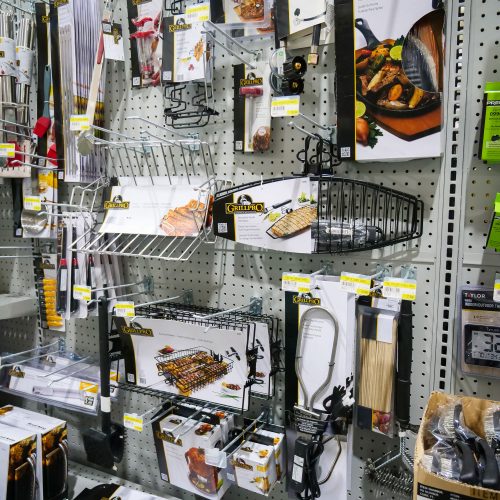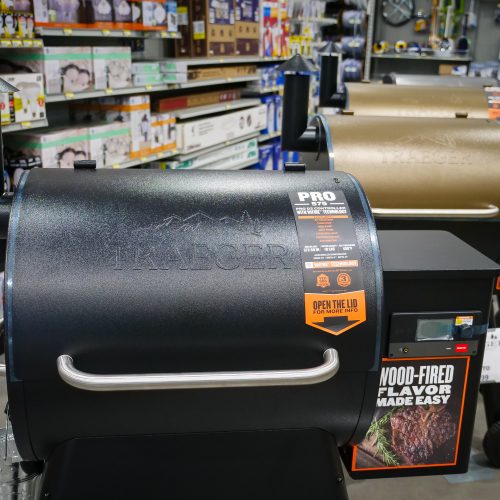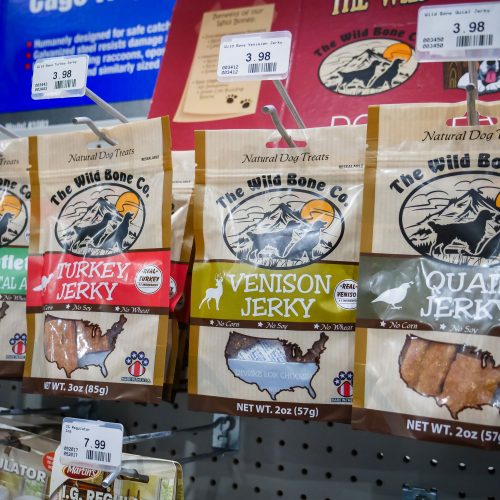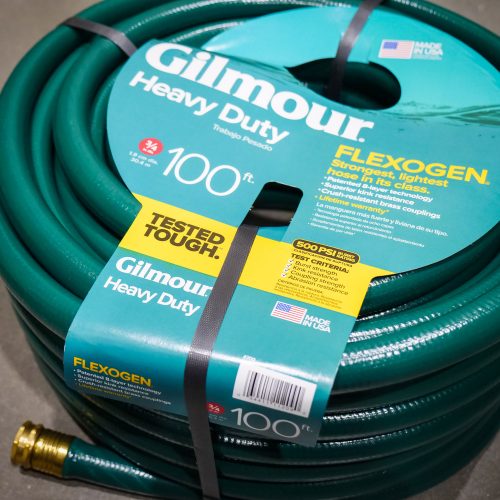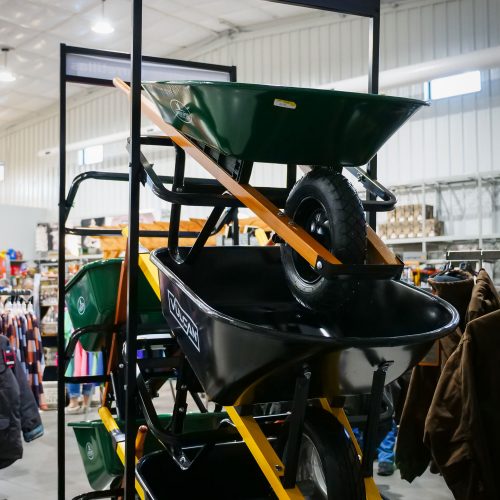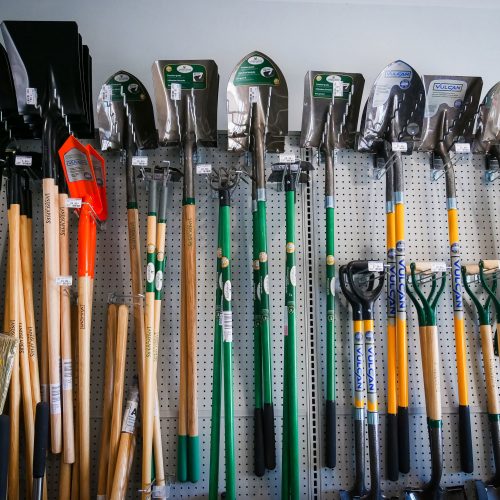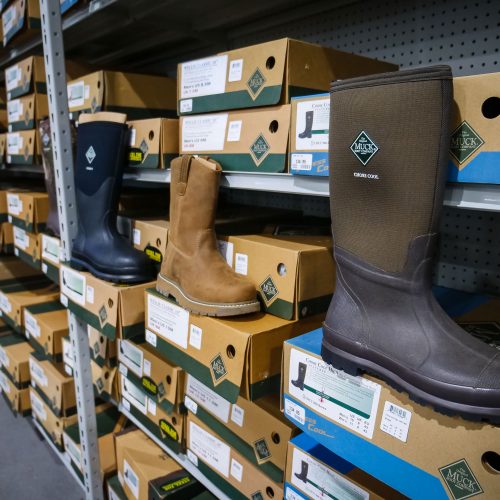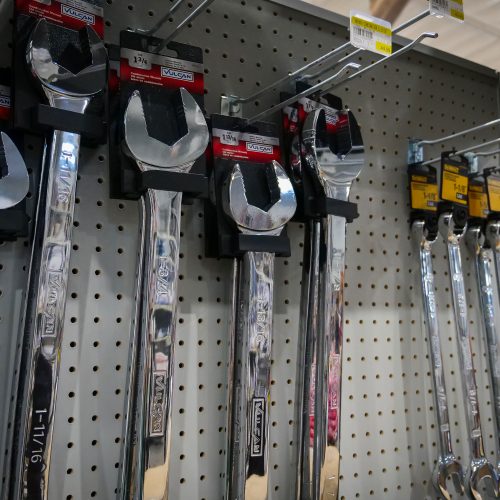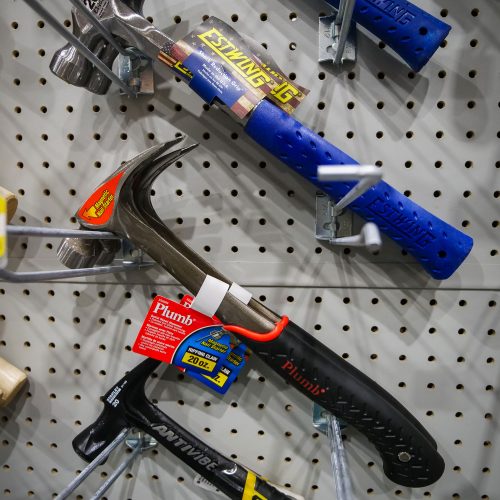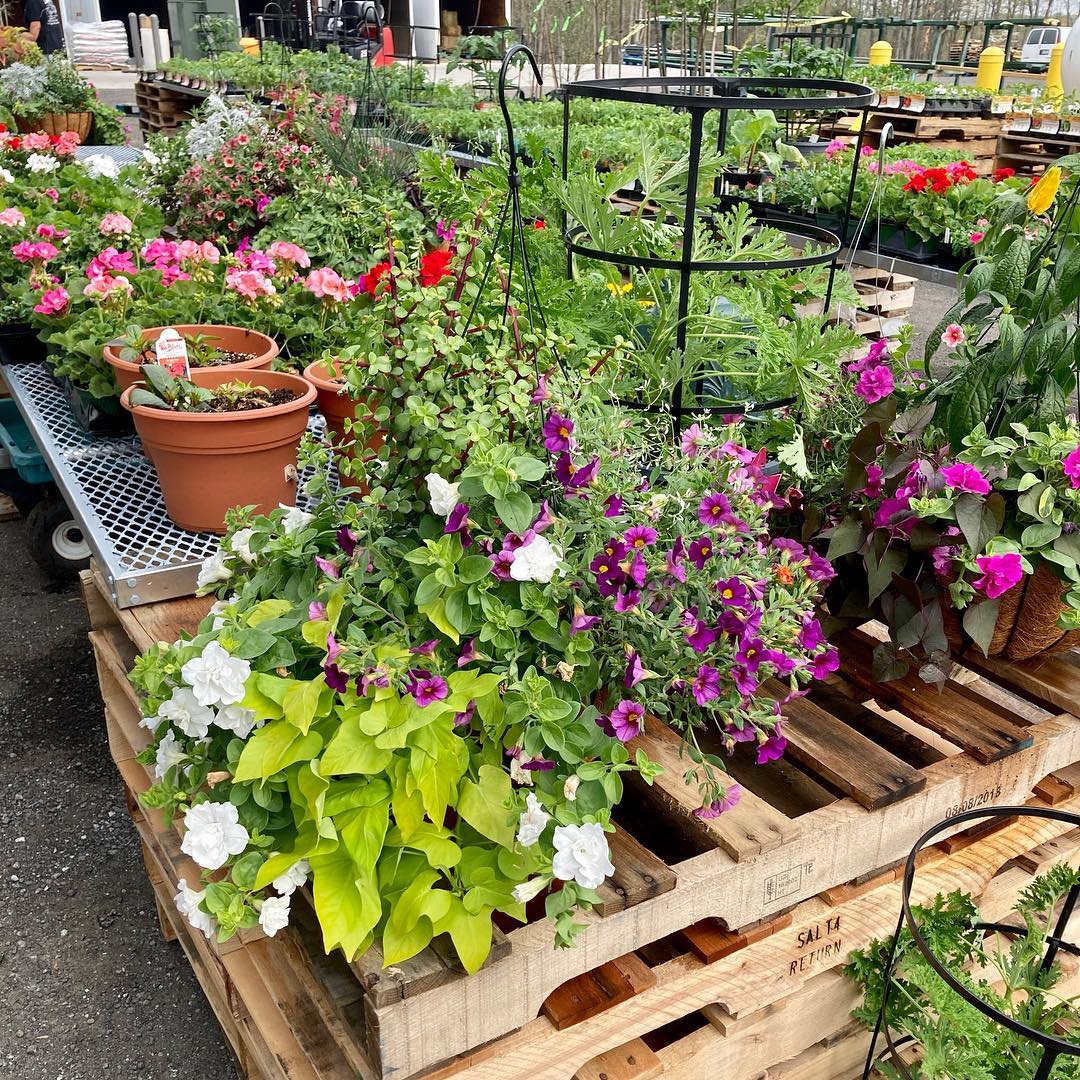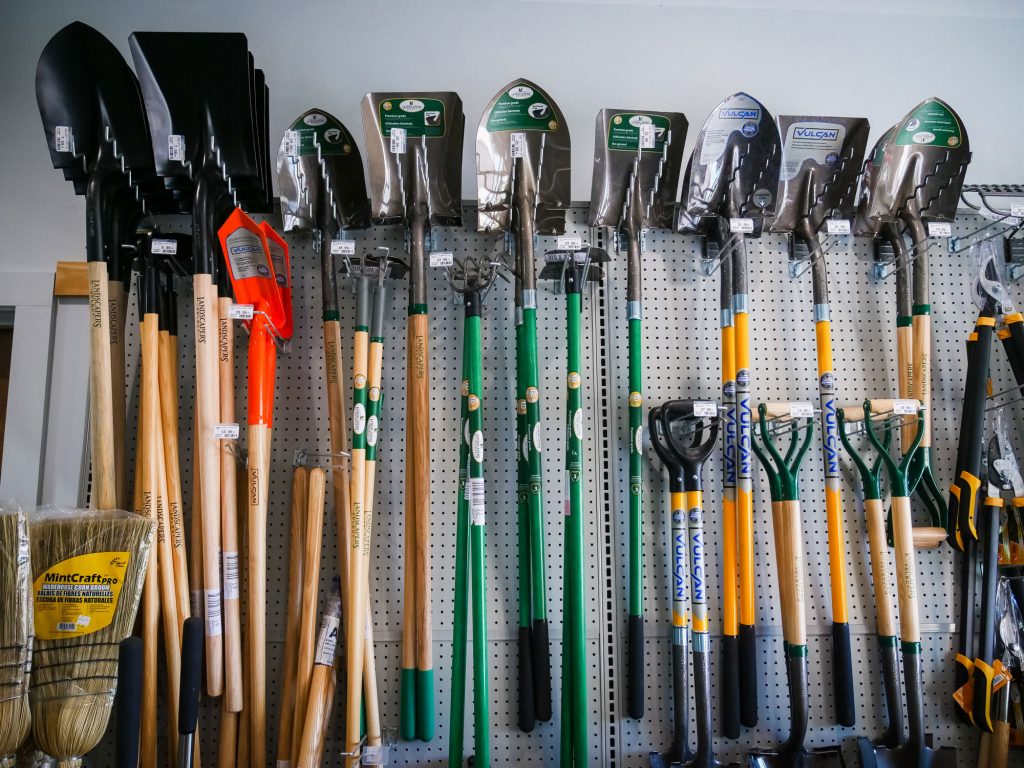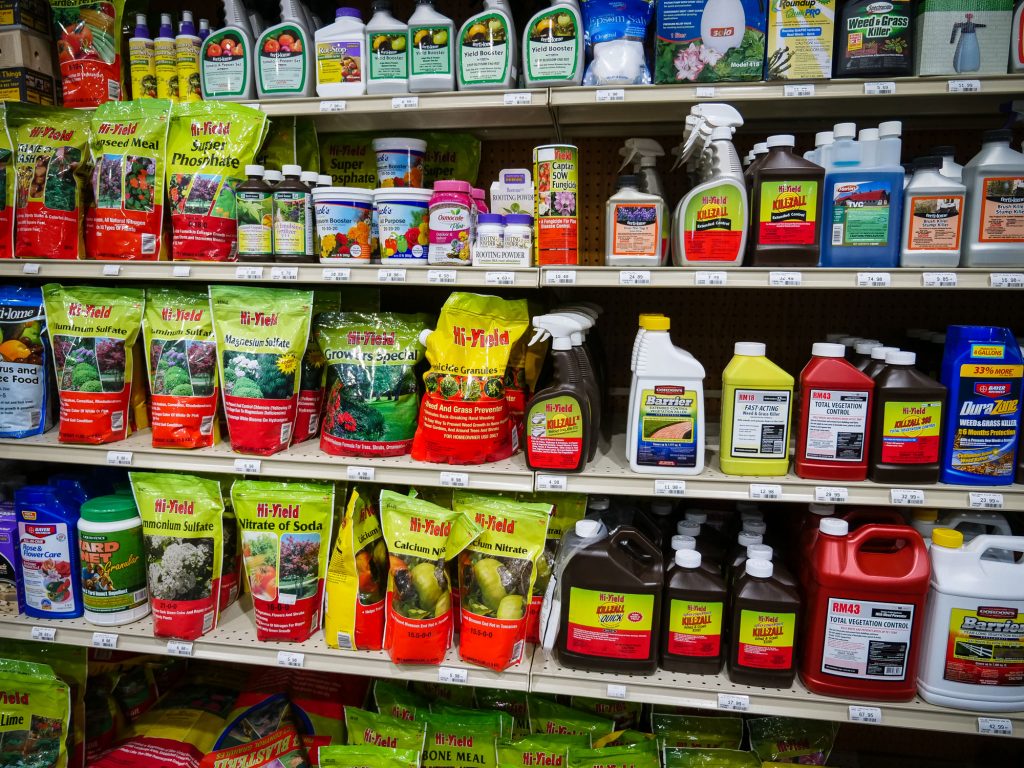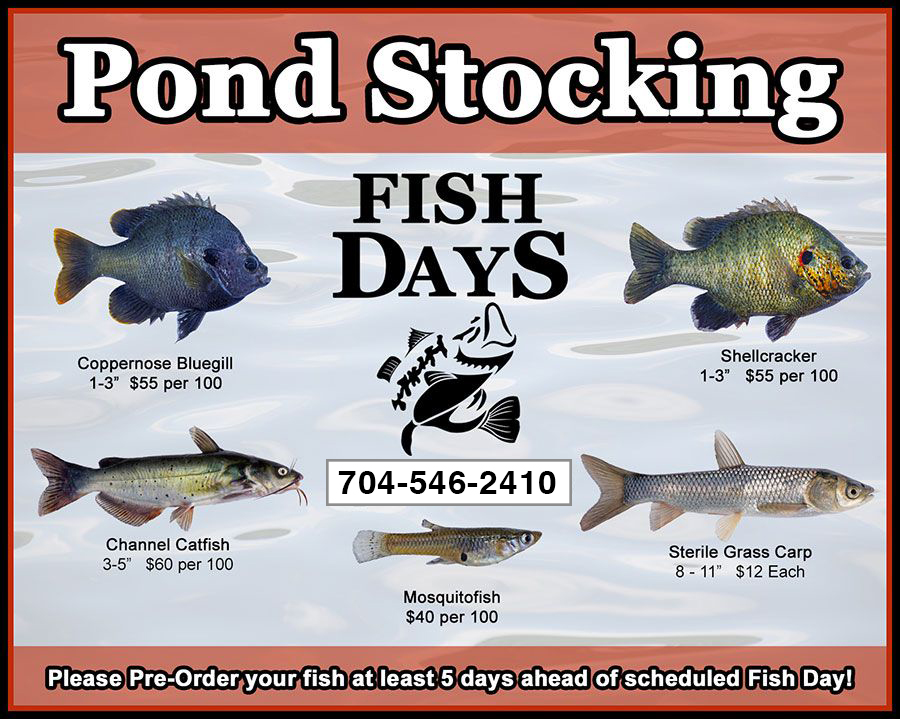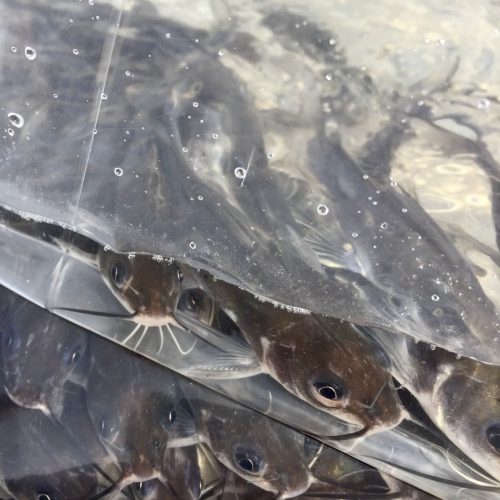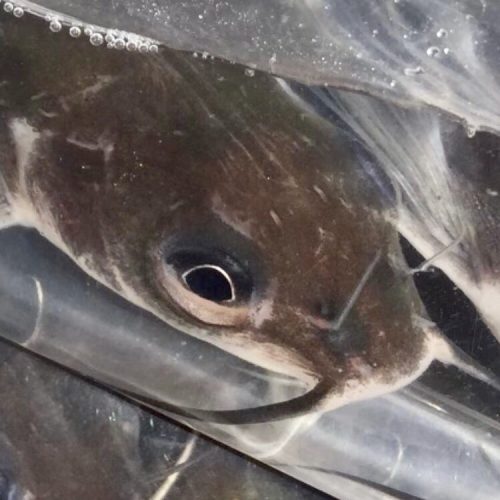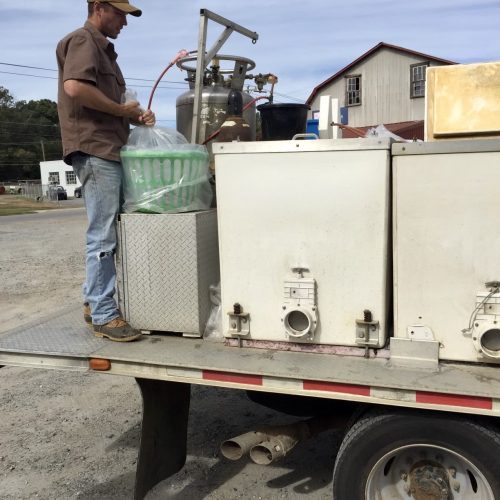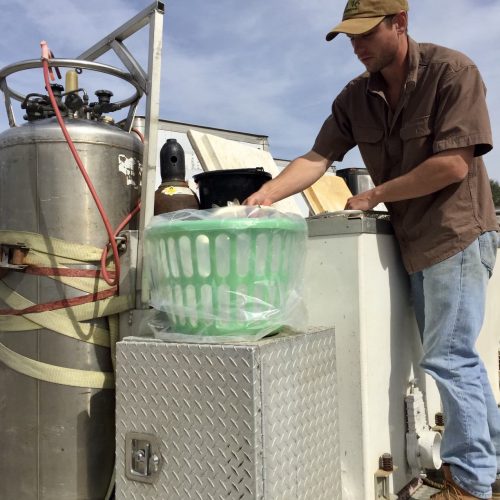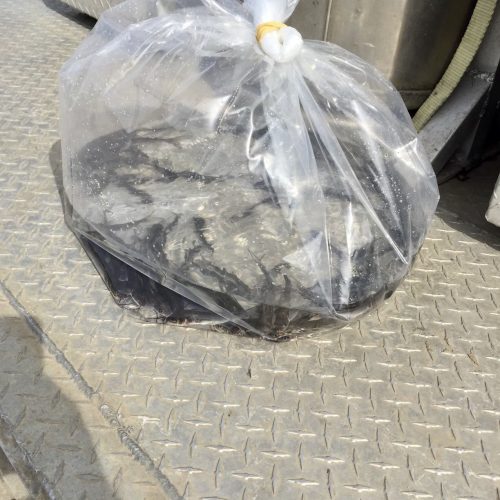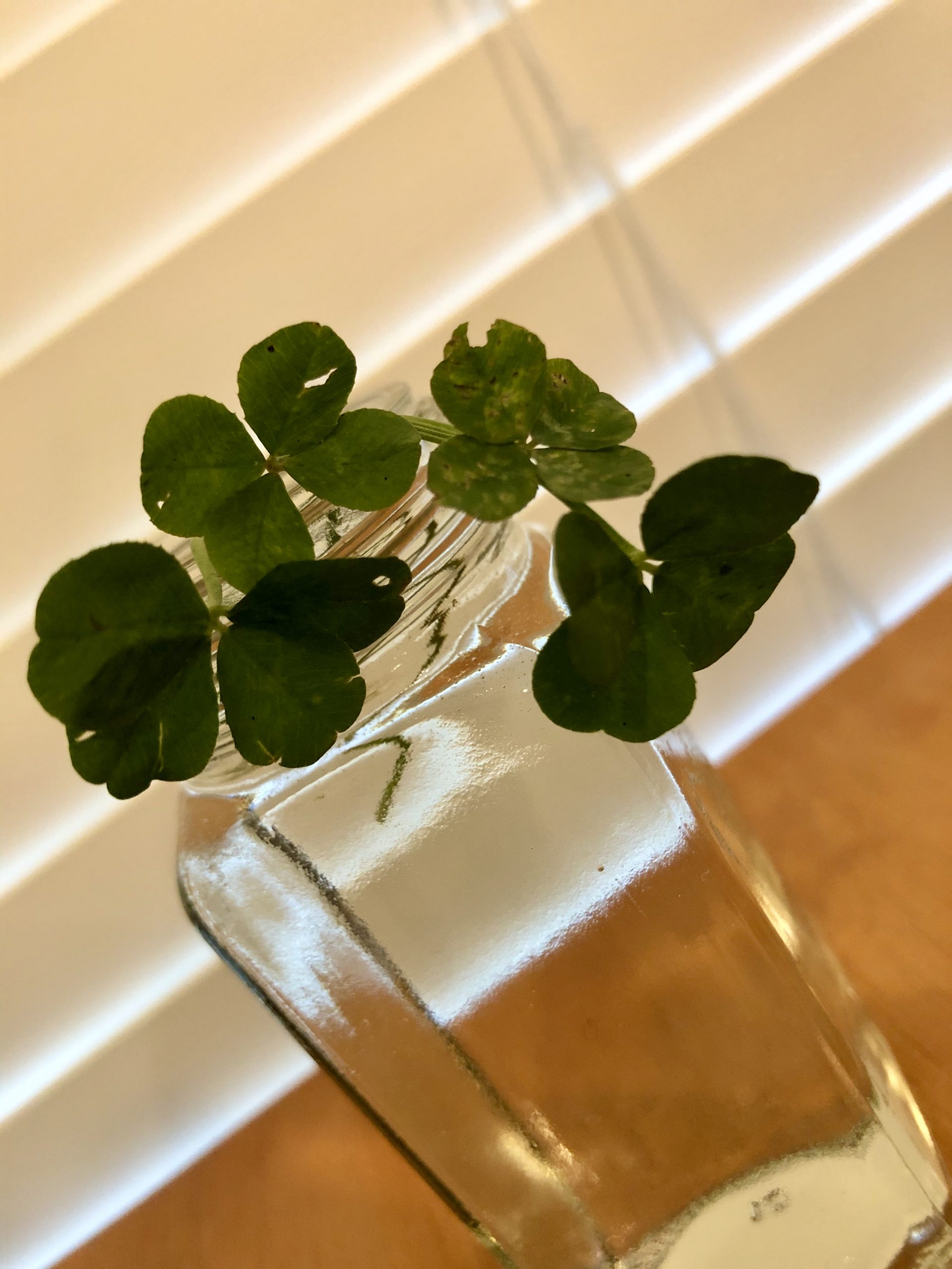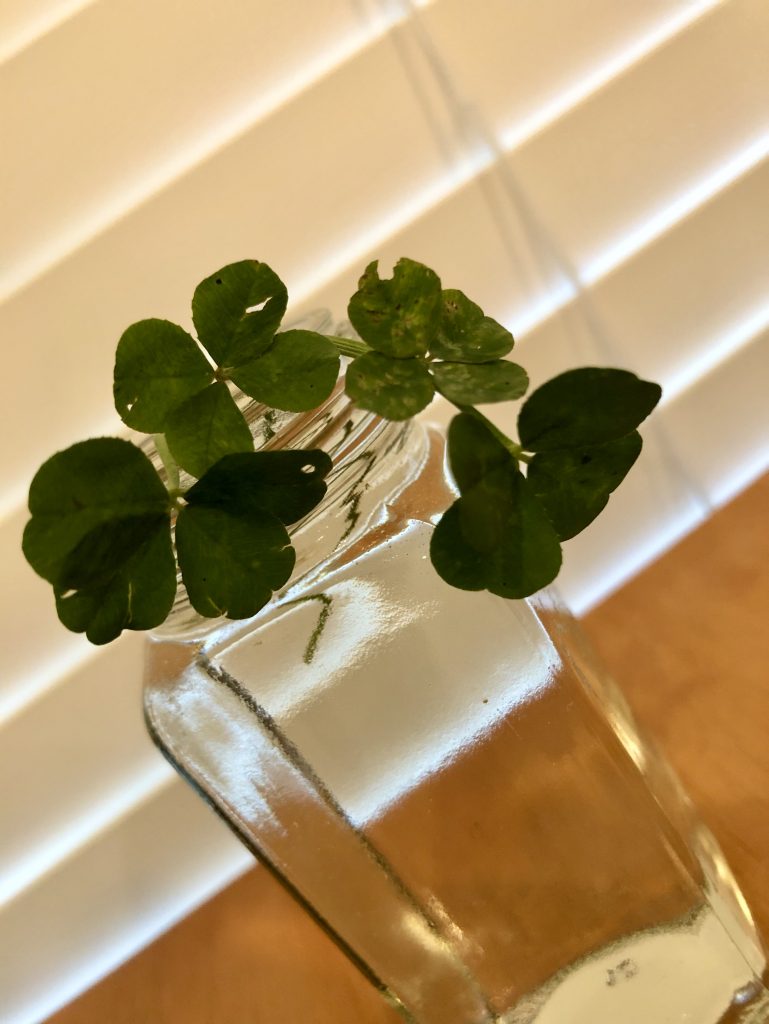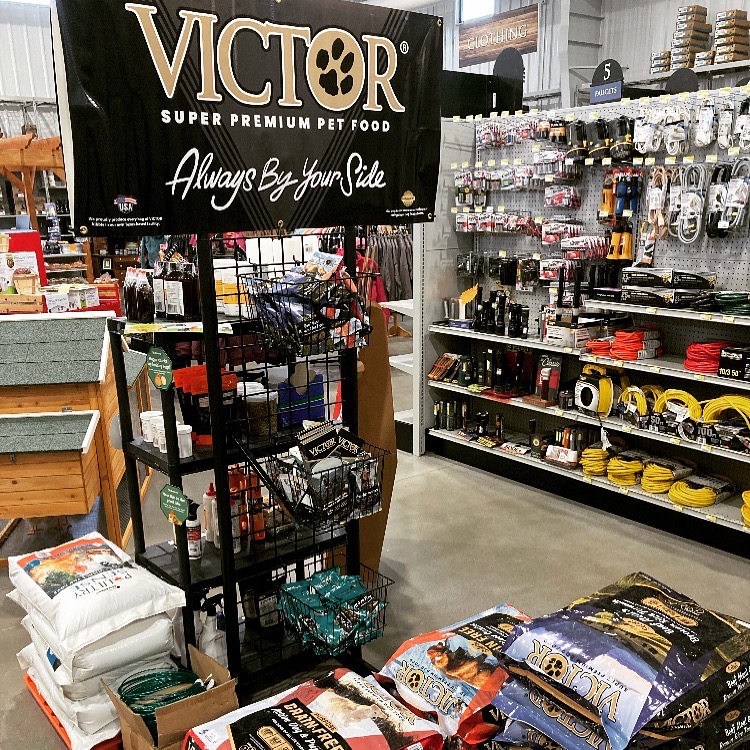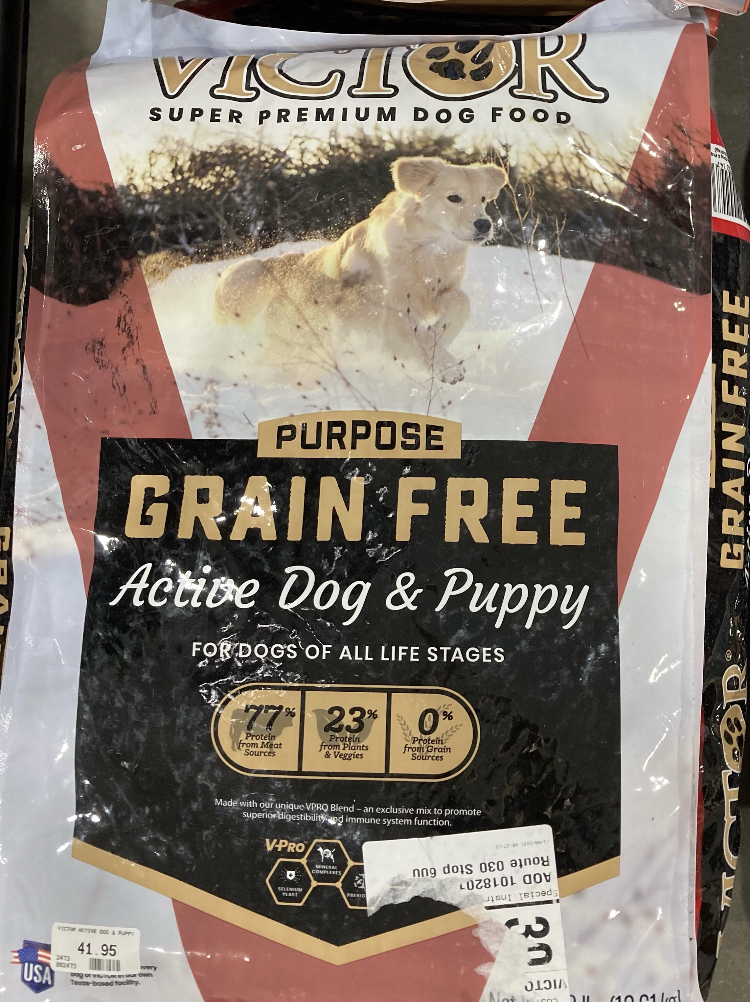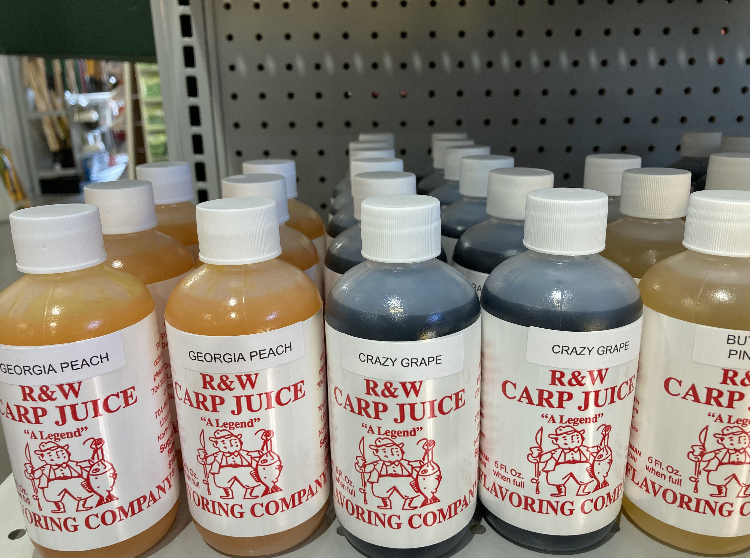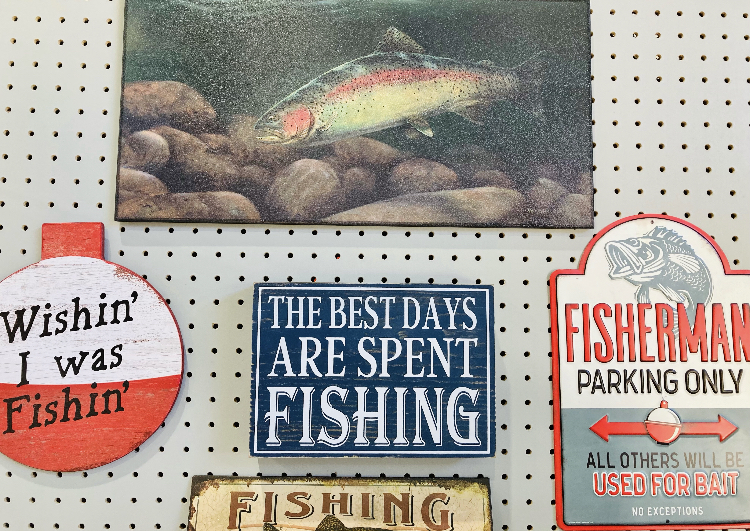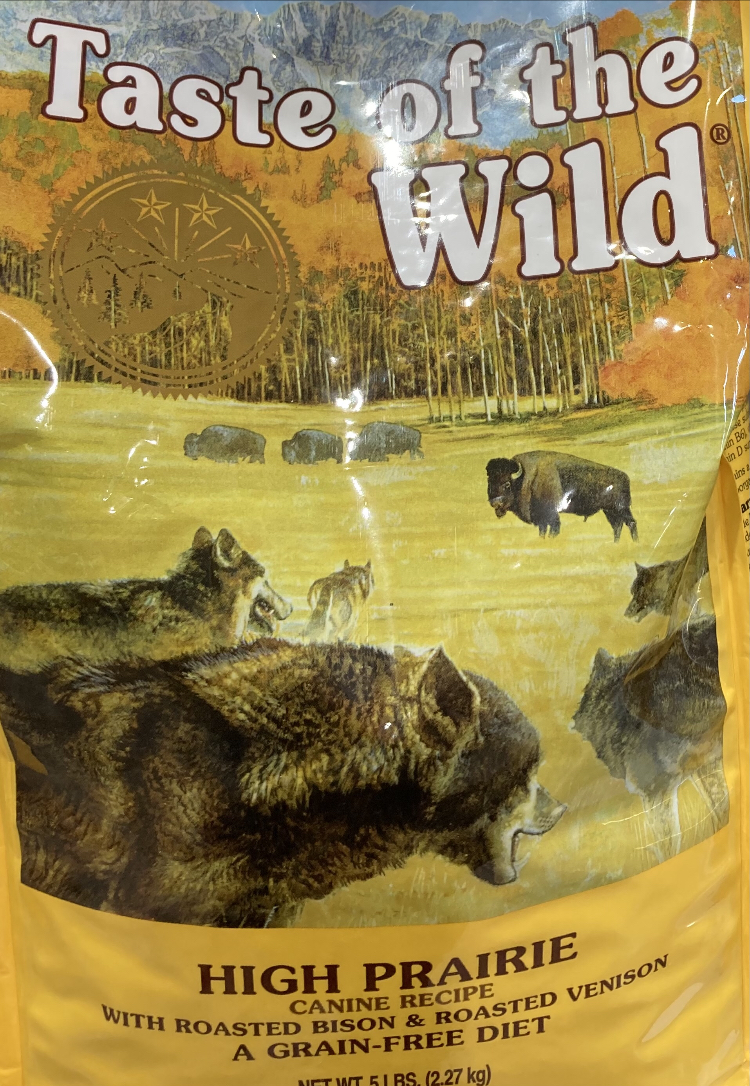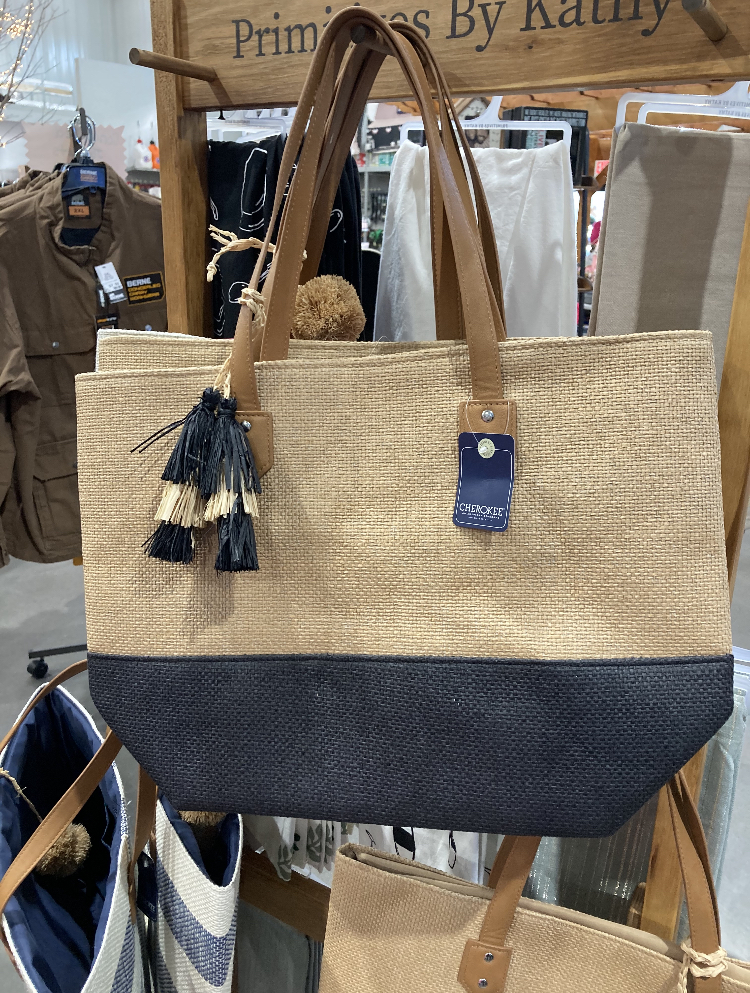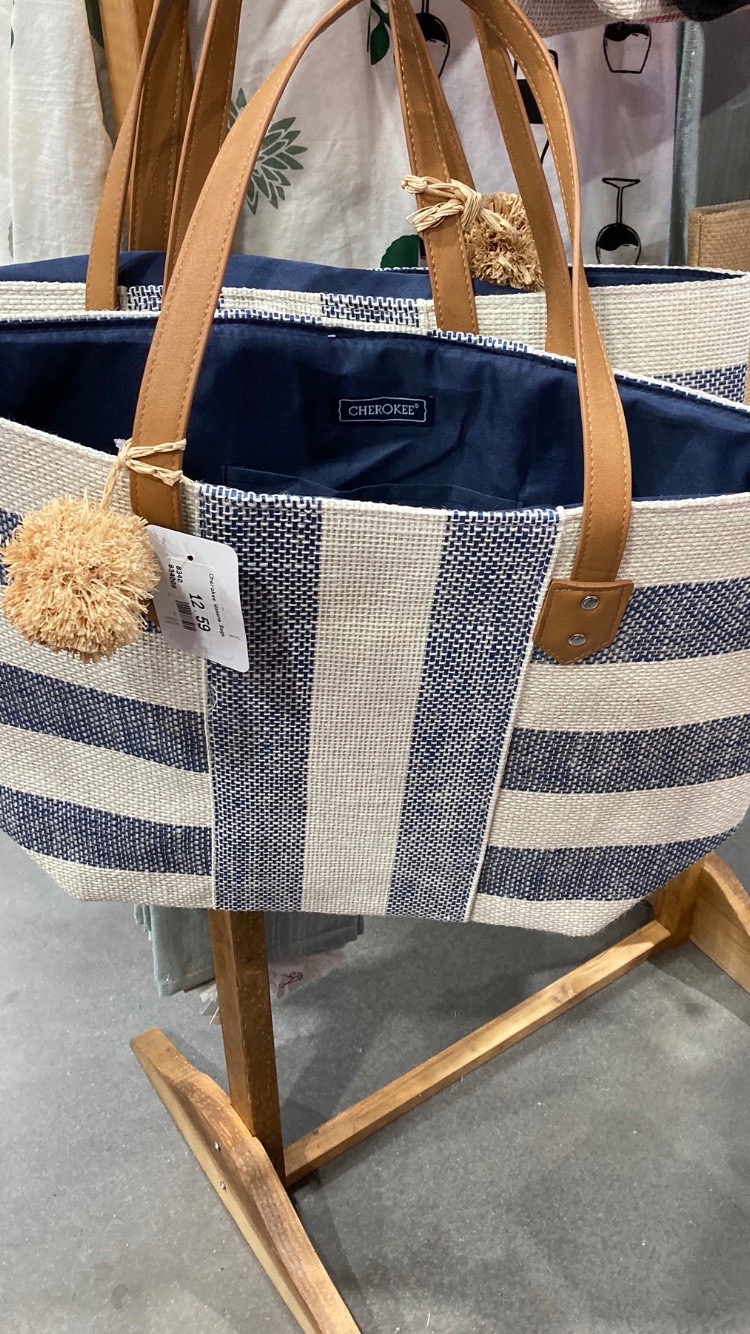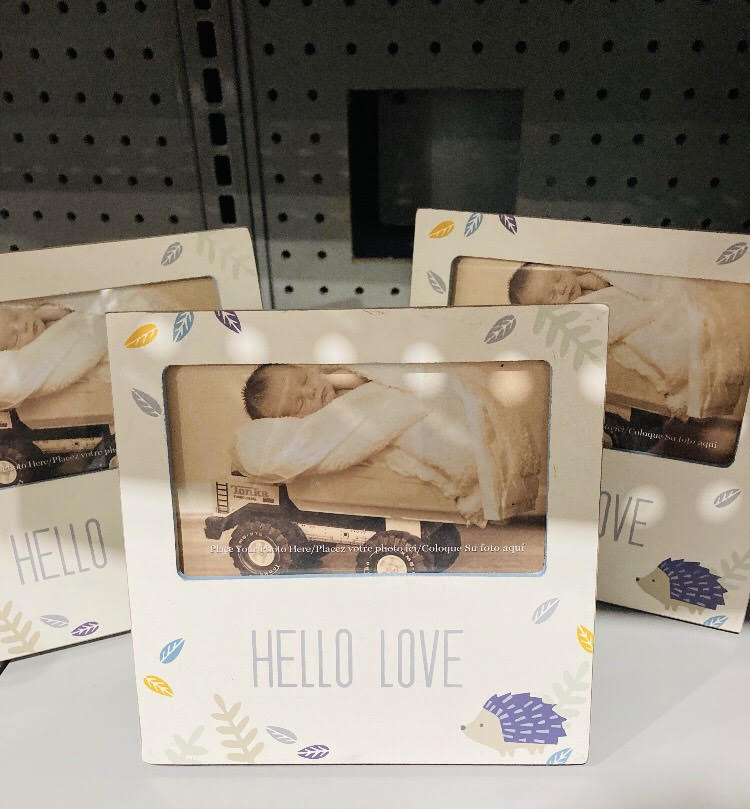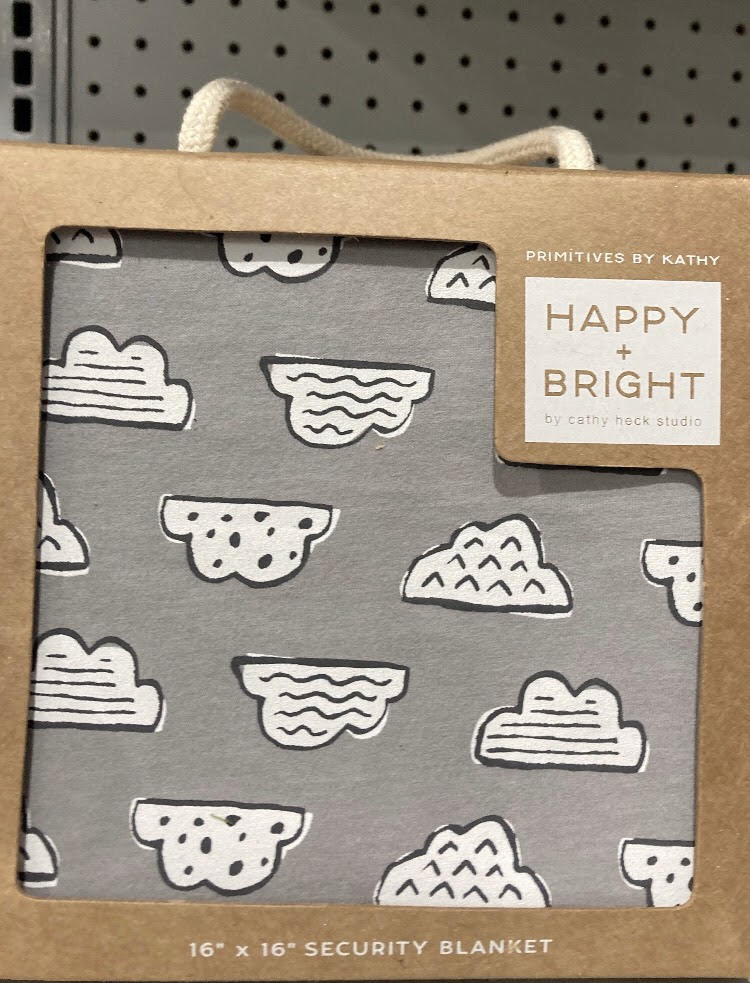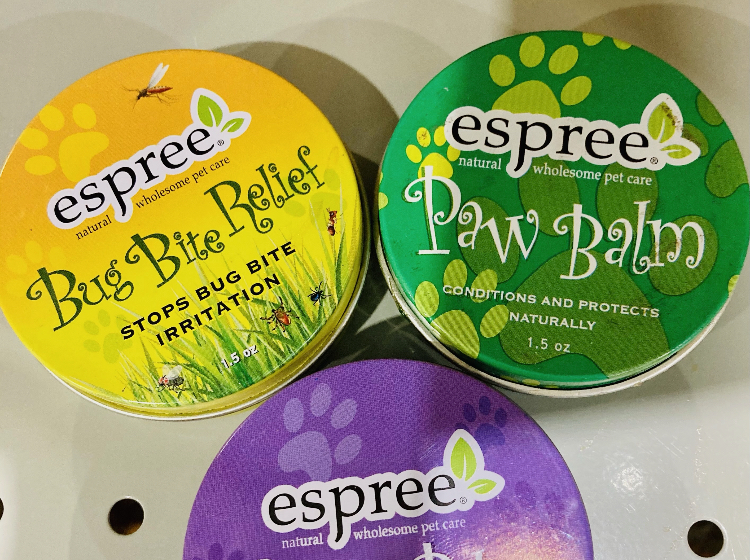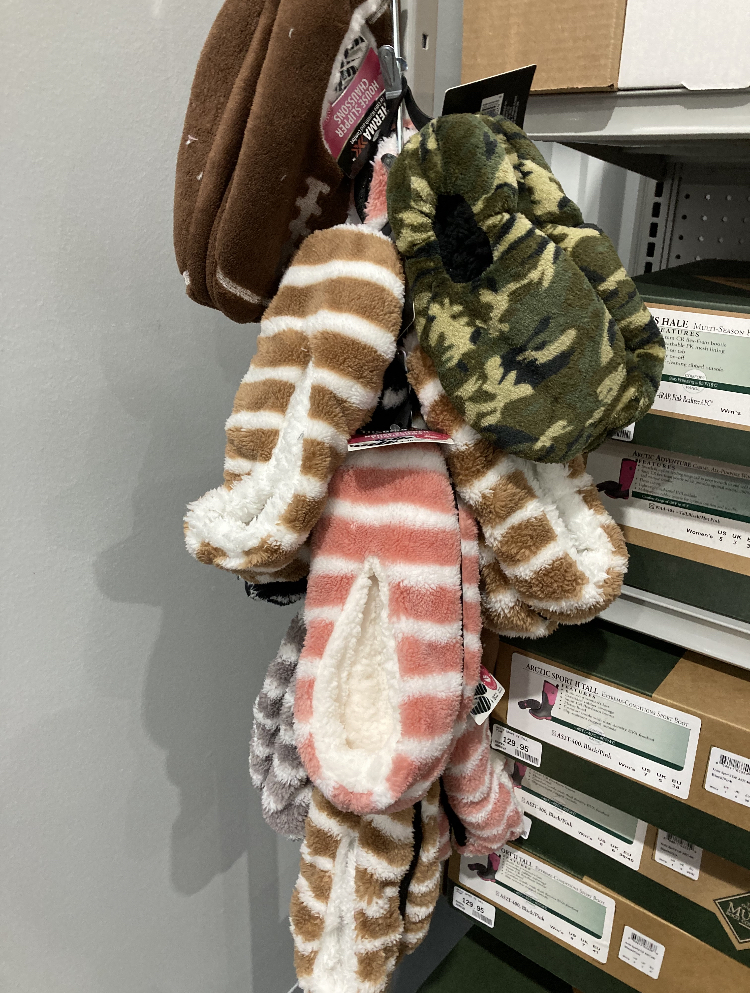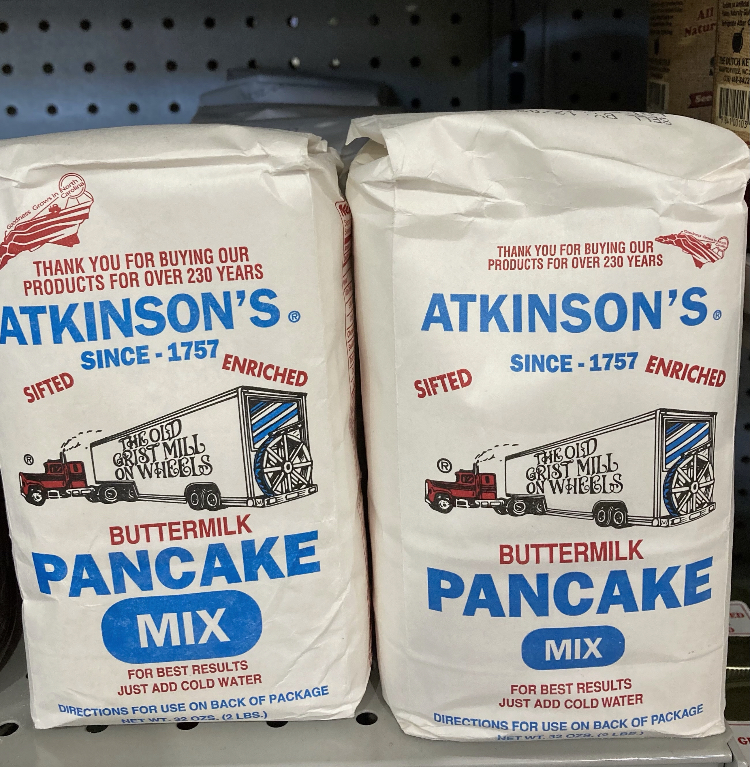We are working with Southland Fisheries Corp in Hopkins, SC to bring you several great options for fish, which include the Coppernose Bluegill, Channel Catfish, Shellcracker, Mosquitofish, and Sterile Grass Carp. Fish will arrive and be available for pick up on Thursday, April 15. Orders should be placed 5 days ahead of their arrival.
Learn more about each of the fish we’re selling and how they can enhance your pond. Also, find out which ones are great for eating! Please note, the recommended stocking numbers below are for a pond with little to no pre-existing fish and is fertilized, limed, fed, and properly maintained.
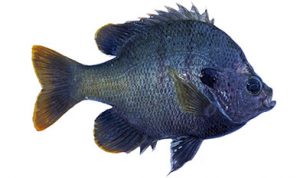
Coppernose Bluegill
1-3”, $55 per 100
Max Length: 12 in
Max Weight: 4.5 lbs
Lifespan: 5-8 years
Stocking Rate: 700 per acre (+300 Bluegill)
The bluegill is probably the best fish available for panfish at the dinner table. They are also aggressive biting fish, which makes for exciting fishing experiences. The Coppernose Bluegill has become very popular in the south, because they have a faster growth rate than other bluegills. They can reach harvestable size within 12 months and can reach 1 lb in a year living in the right conditions. They also reproduce very well in large quantities, making them a great feeder fish for your bass. The Coppernose Bluegill should be fed twice a day for best results. It’s native habitat is similar to the Florida bass. It is found in central and southern Florida and a small part of south east Georgia. Mature copper nose have a distinct copper or cream-colored bar across the nose, extending back to the gill cover.
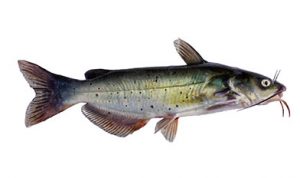
Channel Catfish
3-5”, $60 per 100
Max Length: 50 in
Max Weight: 40-50 lbs
Lifespan: 15-20 years
Stocking Rate: 300-500 per acre
The Channel Catfish is North America’s most numerous catfish species. They are also one of the most enjoyed table fish and have a fast growth rate. If fed regularly, they can reach 2 lbs in about a year, which makes them harvestable. This catfish is normally restocked about every 1-2 years as they are removed and are normally unsuccessful at reproducing in ponds, because their young are consumed by bass, bream, and other catfish. It’s the official fish of Kansas, Missouri, Iowa, Nebraska, and Tennessee. In the United States, they are the most fished catfish species with around 8 million anglers targeting them each year.
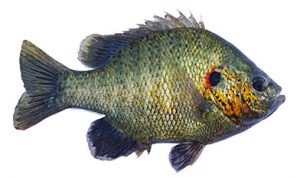
Shellcracker (Redear Sunfish)
1-3”, $55 per 100
Max Length: 17 in
Max Weight: 5.75 lbs
Lifespan: 5-8 years
Stocking Rate: 300 per acre (+700 Bluegill)
Shellcrackers have similar characteristics to the Bluegill, but tend to grow slightly larger. They can be stocked with Bluegill, because they add variety without much competition for natural food. This fish mainly eats snails, mollusks, and other small shelled creatures.
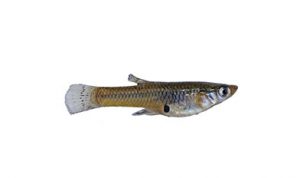
Mosquitofish (Gambusia Minnows)
$40 per 100
Max Length: < 3 in
Lifespan: 1.5 years
Stocking Rate: 1000 per acre
These minnows are primarily stocked as a forage fish and through establishing a strong bottom of the food chain, allow the larger fish to grow well. Their spawning season is when the water temperature reaches above 57 degrees F, and their gestation period is 16-28 days. On average, they give birth to about 60 live young per spawn. Since they are heavily preyed upon, they will not overtake your pond. Also, because of their high reproduction rate, they are rarely completely consumed. The Mosquitofish also provides an effective and natural method of backyard mosquito control in neglected or “green” swimming pools, fountains, ponds, and birdbaths, as well as animal troughs, and other standing water sources. They diet consists largely of mosquito larvae.
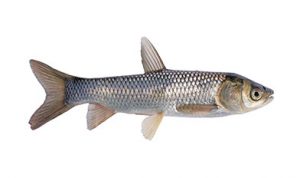
Sterile Grass Carp
8-11”, $12 each
Max Length: 4-5 ft
Max Weight: 80+ lbs
Lifespan: 8-10 years
Stocking Rate:
8-10 per acre (new ponds)
15-25 per acre (med-heavy weed problem)
35+ per acre (severe weed problem)
Sterile Grass Carp are an organic method of controlling problematic weeds instead of using expensive and harmful chemicals. They are a non-indigenous species from Asia and can easily become invasive. For this reason, only sterile carp are allowed to be sold in SC, GA, NC, among other states. They are individually hand blood-tested to confirm their sterility. Grass Carp are far less expensive than chemicals and will continue controlling weeds for approximately 8-10 years. They will start by eating their favorite plants almost exclusively. Stocking at the recommended rate is very important in order to achieve adequate results. Grass Carp will eat most aquatic plants and weeds. You may want to research the types of weeds you are finding in your pond to make sure they are a part of a Grass Carp’s diet. They will not eat the fish eggs in your pond. You may find that they are coming to your fish feed. This is common, but they will continue feeding on weeds.
Come see us at Lowry’s to place your order, or call us at 704-546-2410.
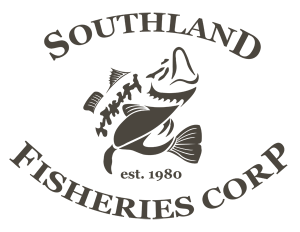
We source our fish from Southland Fisheries Corp, and the information provided here is also sourced from them and their recommendations.
